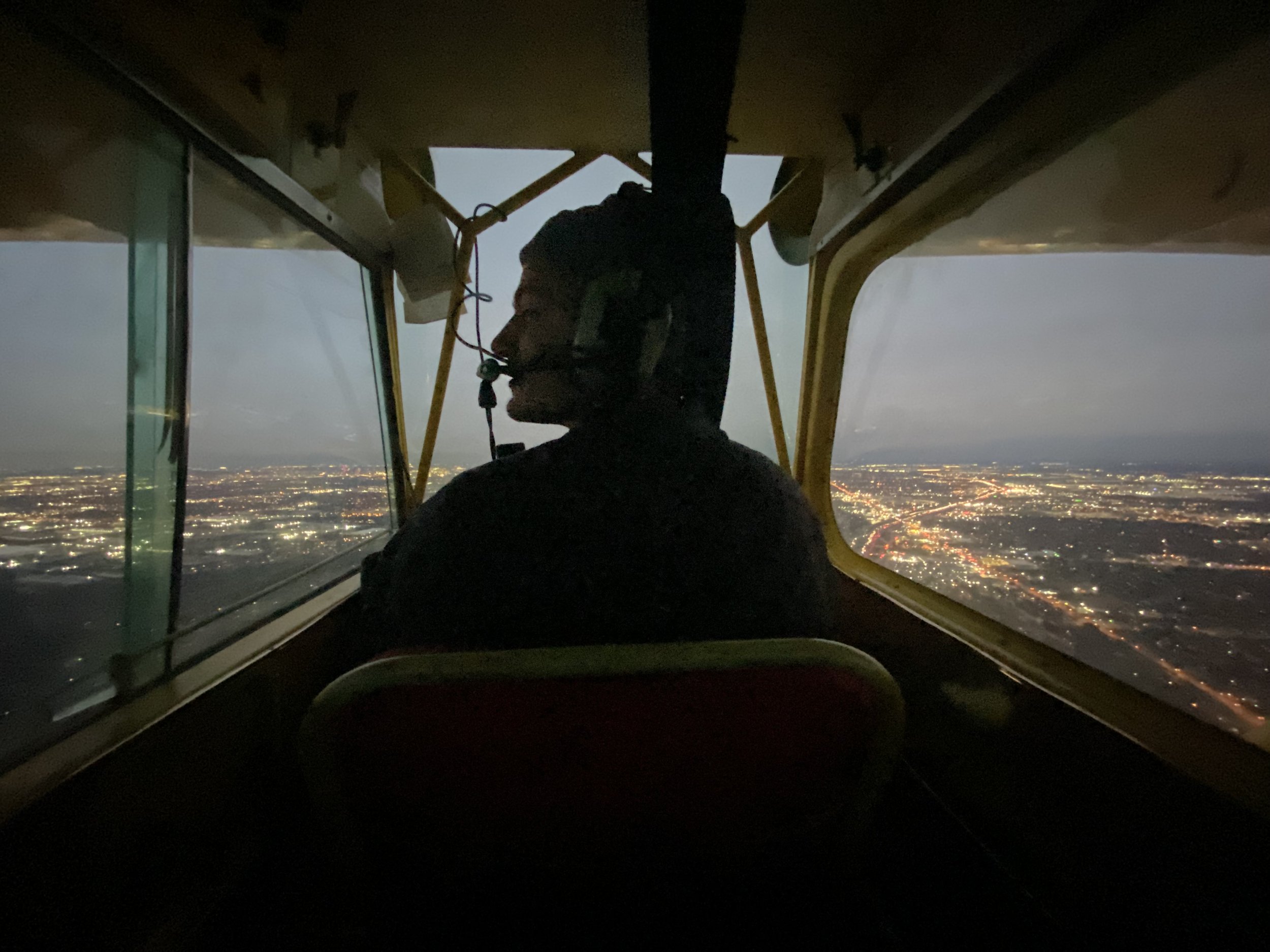Multi-Engine Flight Training
Multi-engine flight training is an important step in a pilot's journey towards obtaining a commercial pilot's license.
It involves learning how to fly an aircraft that is powered by more than one engine, which requires additional skills and knowledge beyond what is required for single-engine aircraft.
Why Multi-Engine Training is Important Multi-engine aircraft are generally more powerful and faster than single-engine aircraft.
They are also typically used for commercial purposes, such as airline or cargo operations, where reliability and efficiency are paramount.
As a result, pilots who wish to pursue a career in aviation need to have a thorough understanding of how to operate multi-engine aircraft.
Multi-Engine Flight Training Curriculum Multi-engine flight training is typically conducted in two phases: ground school and flight training.
In ground school, students learn about the principles of multi-engine aircraft, including their systems, limitations, and performance characteristics.
They also learn how to operate the aircraft's systems, such as the engines, hydraulics, and electrical systems.
In flight training, students learn how to fly the aircraft, including how to take off, climb, cruise, descend, and land. They also learn about emergency procedures, such as engine failures and fires, and how to handle them in a multi-engine aircraft.
Multi-Engine Flight Training Challenges One of the biggest challenges of multi-engine flight training is the increased complexity of operating an aircraft with more than one engine.
Pilots must learn how to manage the power of each engine, which can be a difficult task when one engine fails or experiences a problem.
Another challenge is learning how to manage the additional workload that comes with flying a multi-engine aircraft. Pilots must constantly monitor the aircraft's systems and instruments, as well as communicate with air traffic control and other crew members.
Benefits of Multi-Engine Flight Training Despite the challenges, multi-engine flight training provides several benefits to aspiring pilots.
It allows them to expand their skills and knowledge beyond what is required for single-engine aircraft, making them more marketable and valuable to employers.
It also prepares them for a career in commercial aviation, which often involves flying multi-engine aircraft.
Conclusion Multi-engine flight training is an important step in a pilot's journey towards obtaining a commercial pilot's license.
It requires additional skills and knowledge beyond what is required for single-engine aircraft, but provides several benefits to aspiring pilots.
By mastering the principles and skills required to fly multi-engine aircraft, pilots can increase their job prospects and be better prepared for a career in commercial aviation.






